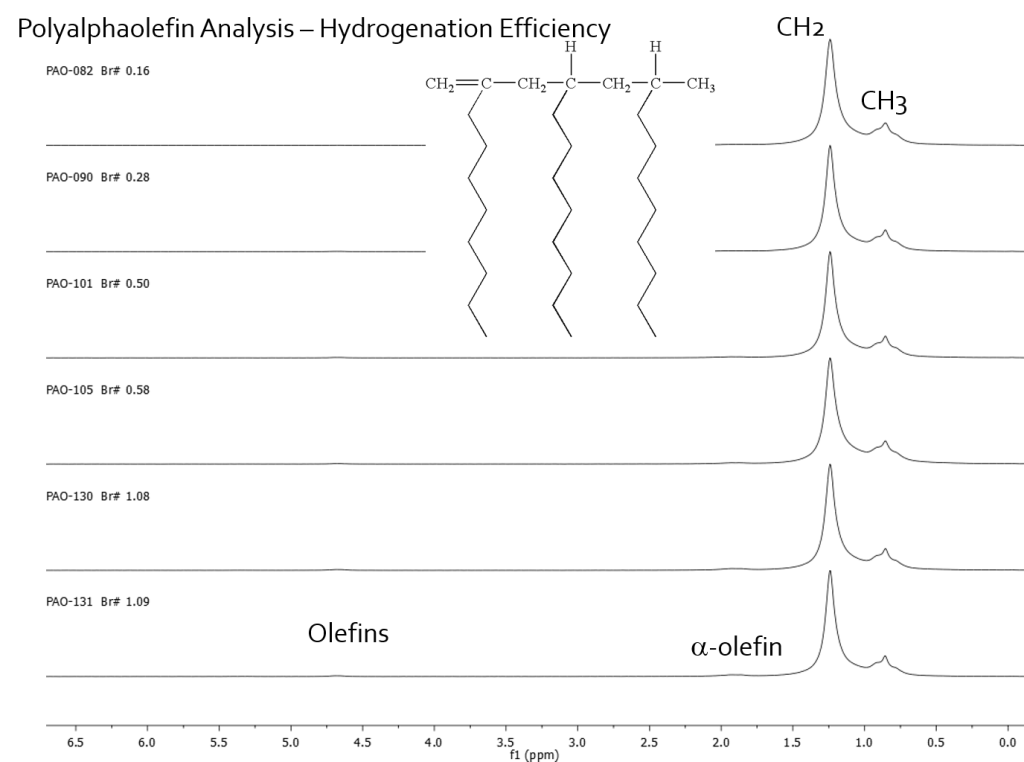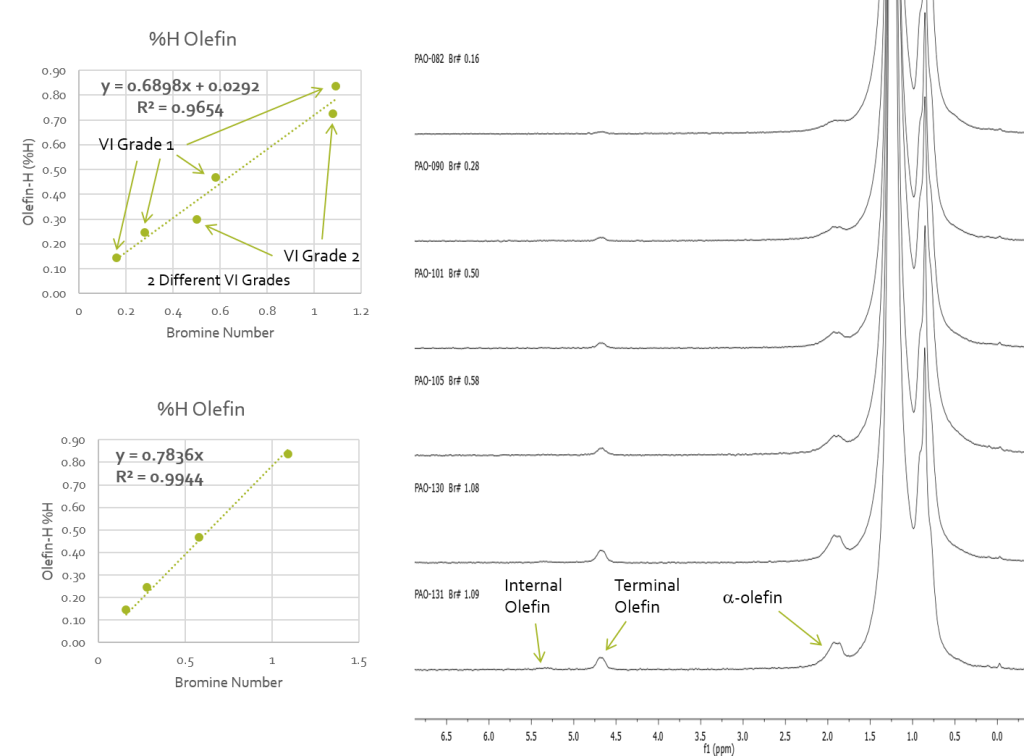John Edwards of Process NMR Associates will be presenting 4 papers at the 2015 ACS Northeast Regional Meeting that will be held in Ithaca, NY, June 10-13, 2015.
ABSTRACT ID: 2283171
ABSTRACT TITLE: 1H qNMR of Alcoholic Cider – Analysis of Small Molecule and Residual Sugar Chemistry (final paper number: 43)
SESSION: Food Chemistry
SESSION TIME: 5:00 PM – 9:00 PM
PRESENTATION FORMAT: Poster
DAY & TIME OF PRESENTATION: Wednesday, June, 10, 2015, 5:00 PM – 9:00 PM
ROOM & LOCATION: Emerson Suites – Campus Center
ABSTRACT ID: 2283063
ABSTRACT TITLE: Nutritional Supplement and Diesel Fuel Application Development for Benchtop NMR Systems Operating at 42, 60, and 80 MHz – Equivalency with Supercon NMR (final paper number: 336)
SESSION: Analytical Chemistry
SESSION TIME: 9:00 AM – 11:30 AM
PRESENTATION FORMAT: Oral
DAY & TIME OF PRESENTATION: Friday, June, 12, 2015 from 9:45 AM – 10:05 AM
ROOM & LOCATION: 222 – Williams Hall
ABSTRACT ID: 2283105
ABSTRACT TITLE: Survey of Low Field NMR Spectrometer Platforms for Successful Screening of Sexual Enhancement and Weight Loss Supplements for Adulteration with Drugs and Drug Analogs (final paper number: 386)
SESSION: Medicinal Chemistry
SESSION TIME: 1:00 PM – 3:20 PM
PRESENTATION FORMAT: Oral
DAY & TIME OF PRESENTATION: Friday, June, 12, 2015 from 2:20 PM – 2:40 PM
ROOM & LOCATION: 302 – Williams Hall
ABSTRACT ID: 2283153
ABSTRACT TITLE: From Mash to Bottle: Chemistry of the Beer Brewing Process and NMR-based Quality Control (final paper number: 284)
SESSION: Food Chemistry
SESSION TIME: 1:30 PM – 3:10 PM
PRESENTATION FORMAT: Oral
DAY & TIME OF PRESENTATION: Thursday, June, 11, 2015 from 1:35 PM – 1:55 PM
ROOM & LOCATION: 202 – Williams Hall

